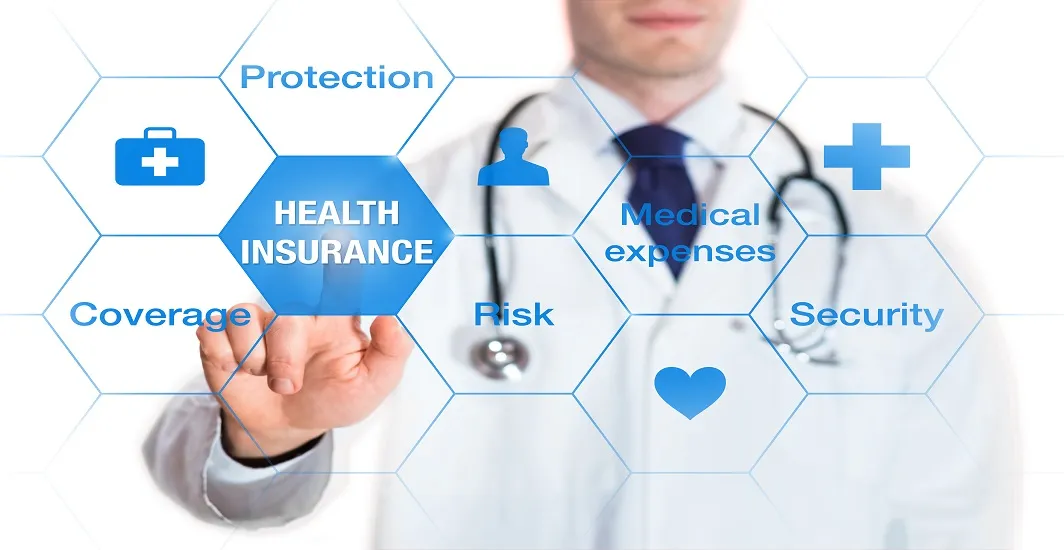Little Known Facts About Medicare Advantage Agent.
5 Simple Techniques For Medicare Advantage Agent
Table of ContentsMedicare Advantage Agent Fundamentals ExplainedOur Medicare Advantage Agent IdeasThe Of Medicare Advantage Agent


follows from adheres to the relatively young reasonably profile of account uninsured with without insurance better healthFar better wellness average, standard younger persons. For those without access to workplace health insurance policy, inadequate wellness is a possible obstacle to buying nongroup protection since such protection may be very valued, omit preexisting conditions, or be merely inaccessible. Unless or else noted, national estimates of individuals without wellness insurance policy and proportions of the population with various kinds of protection are based on the CPS, the most widely made use of resource of quotes of insurance protection and uninsurance rates.

The 9-Minute Rule for Medicare Advantage Agent
Over a three-year period starting early in 1993, 72 million people, 29 percent of the united state populace, were without coverage for at least one month. Within a solitary year(1994), 53 million people experienced at the very least a month without protection(Bennefield, 1998a). 6 out of every ten without insurance adults are themselves used. Although working does boost the probability that one and one's member of the family will certainly have insurance, it is not a guarantee. Even participants of families with two permanent breadwinner have nearly a one-in-ten chance of being uninsured (9.1 percent without insurance price)(Hoffman and Pohl, 2000 ). The relationship in between wellness insurance coverage and accessibility to care is well developed, as documented later in this chapter. The partnership in between health insurance and health and wellness results is neither direct nor basic, a considerable clinical and health services research literature links health insurance protection
to improved better accessibility care, better far betterTop quality and improved boosted individual population health statusCondition The second report, on individual wellness results for uninsured adults, is stood for by the inner circle of the figure, while the 3rd record, on household well-being, encompasses the topics of the second record however highlights a various system of analysis, particularly, the family. The 6th report in the series will offer info about strategies and campaigns embarked on locally, statewide, or across the country to attend to the lack of insurance and its damaging effects. Levels of analysis for examining the results of uninsurance. This discussion of wellness insurance coverage focuses largely on the U.S. populace under age 65 because basically all Americans 65 and older have Medicare or other public insurance coverage.
Furthermore, it focuses particularly on those without any type of medical insurance for any size of time. The problems faced by the underinsured are in some aspects similar to those faced by the uninsured, although they are typically less severe. Uninsurance and underinsurance, nonetheless, entail clearly various plan problems, and the methods for resolving them may differ. Throughout this research study and the 5 records to comply with, the primary focus gets on individuals without wellness insurance coverage and therefore no support in paying for health treatment past what is offered through charity and safeguard establishments. Health and wellness insurance coverage is a powerful variable impacting receipt of treatment due to the fact that both people and medical professionals reply to the out-of-pocket price of solutions. Wellness insurance coverage, nevertheless, is neither necessary nor enough find more to access to clinical services. However, the independent and straight effect of wellness
insurance protection on access to health solutions is well developed. Others will acquire the health treatment they need even without medical insurance, by my response paying for it out of pocket or seeking it from service providers that provide treatment totally free or at very subsidized rates. For still others, medical insurance alone does not make sure receipt of care because of other nonfinancial obstacles, such as a lack of healthcare suppliers in their community, restricted accessibility to transportation, illiteracy, or etymological and social differences. Formal study about uninsured populaces in the USA dates to the late 1920s and very early 1930s when the Board on the Cost of Treatment created a collection of reports about funding medical professional office check outs and hospital stays. This issue ended up being prominent as the varieties of clinically indigent climbed up during the Great Depression. Empirical research studies constantly sustain the web link in between access to care and improved health results(Bindman et al., 1995; Starfield, 1995 ). Having a normal resource of treatment can be taken into consideration a forecaster of accessibility, instead than a straight action of it, when health outcomes are themselves used as access signs. This extension of the notion of access measurement was made by the IOM Committee on Keeping Track Of Access to Personal Health Care Services(Millman, 1993, p. Whether parents are insured appears to affect whether or not their youngsters obtain treatment in addition to exactly how much careeven if the children themselves have coverage(Hanson, 1998). The wellness of moms and dads can influence their capability to take care of their kids and the level of family stress and anxiety. Bothering with their kids's access to care is itself a resource of anxiety for parents. 3 chapters follow in this record. Phase 2 offers an overview of just how employment-based medical insurance, public programs and individual straight from the source insurance plans operate and connect to supply comprehensive but insufficient coverage of the U.S. populace. This includes a testimonial of historical trends and public plans affecting both public and exclusive insurance coverage, a conversation of the interactions amongst the different kinds of insurance coverage, and an examination of why individuals relocate from one program to one more or finish up
